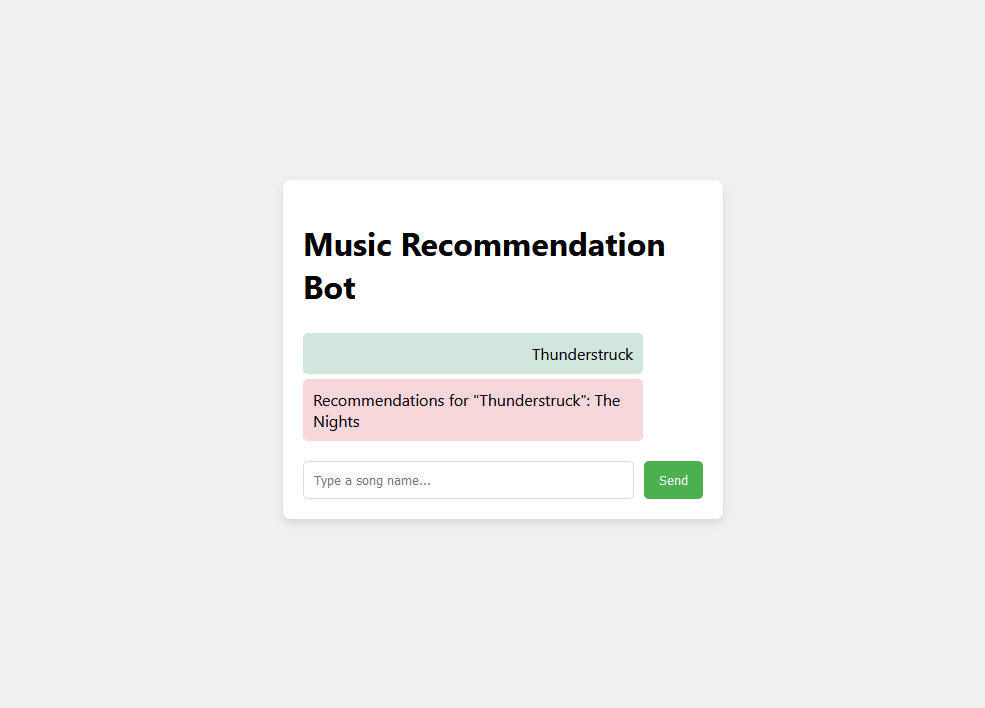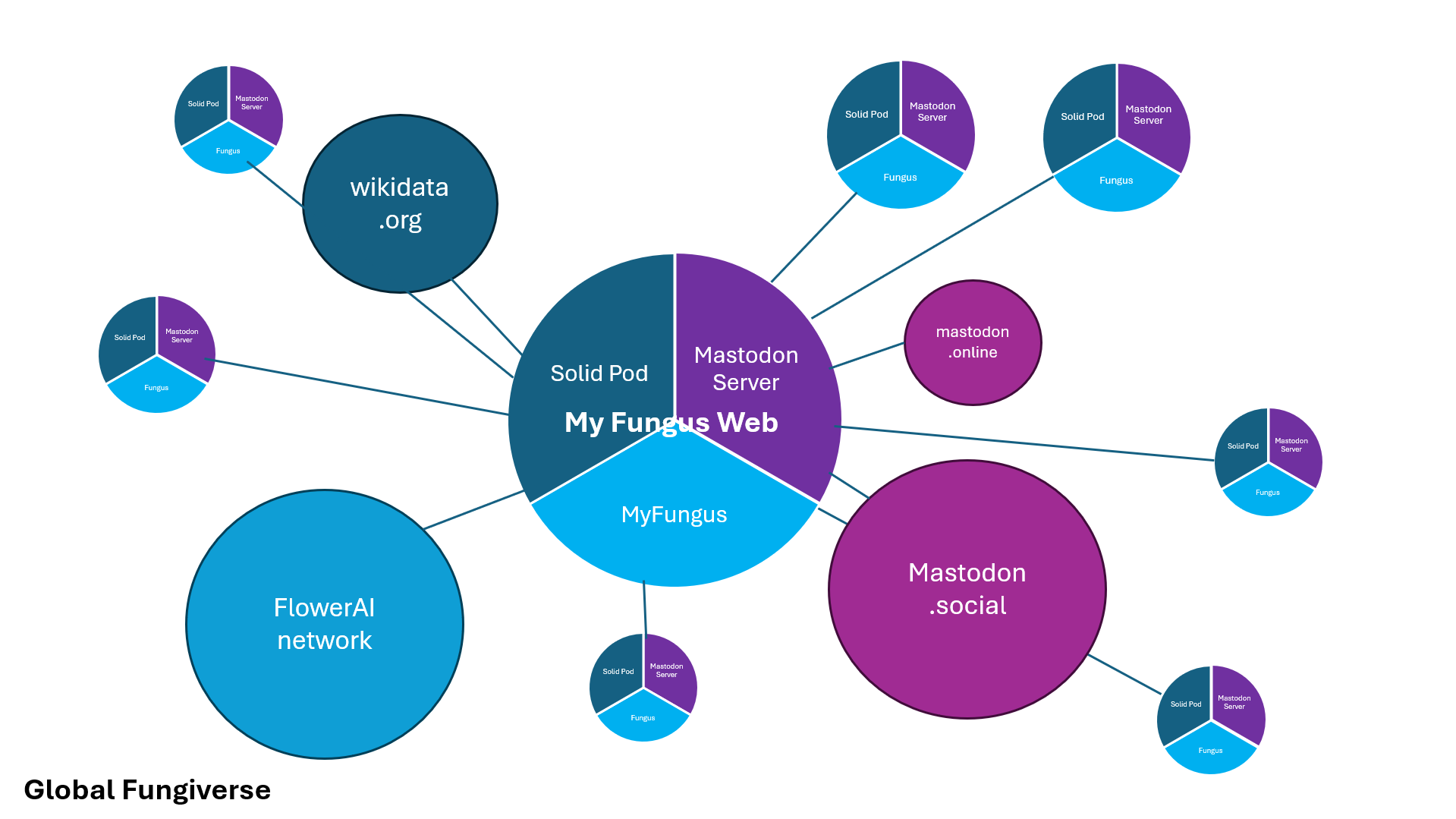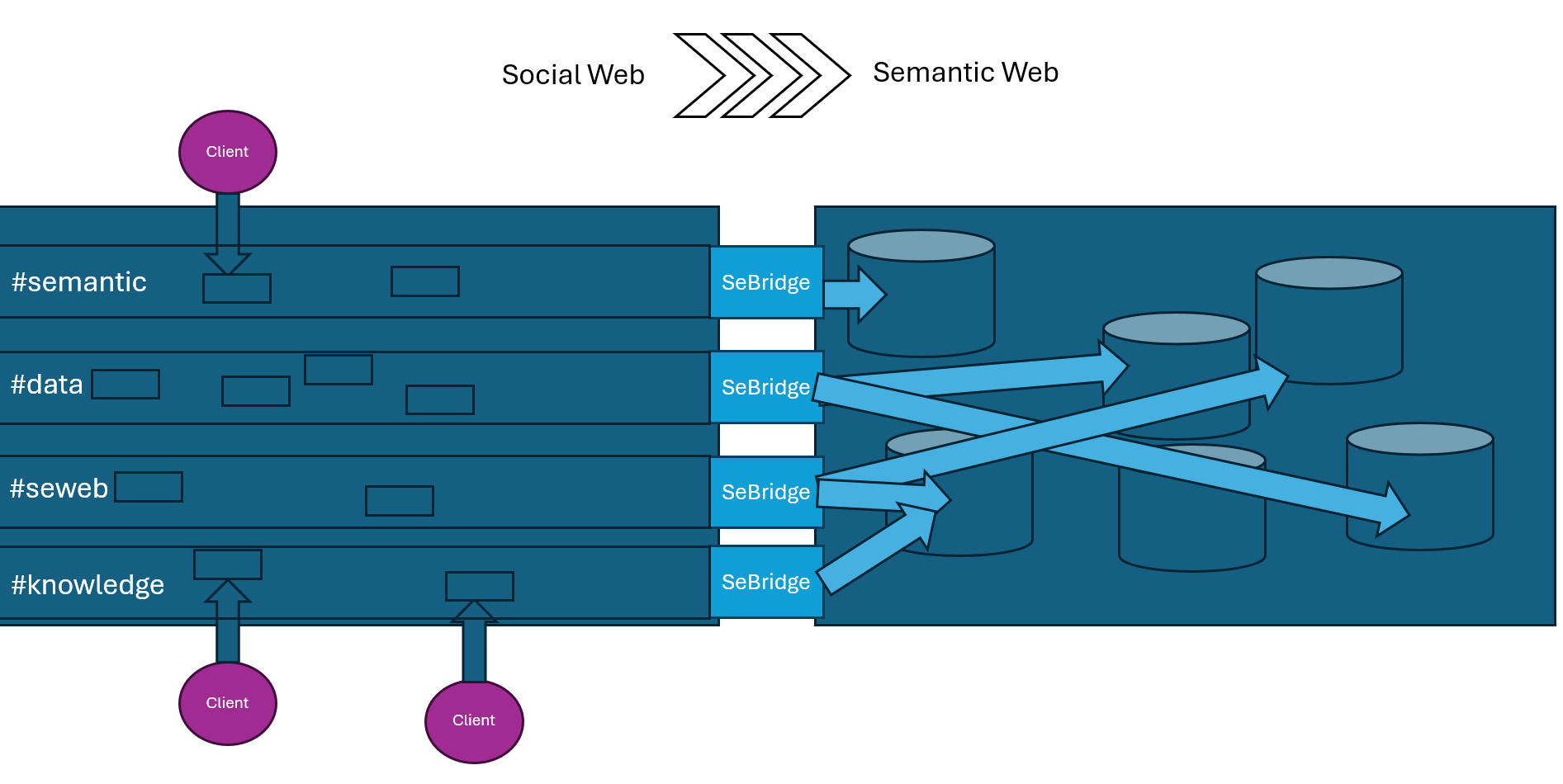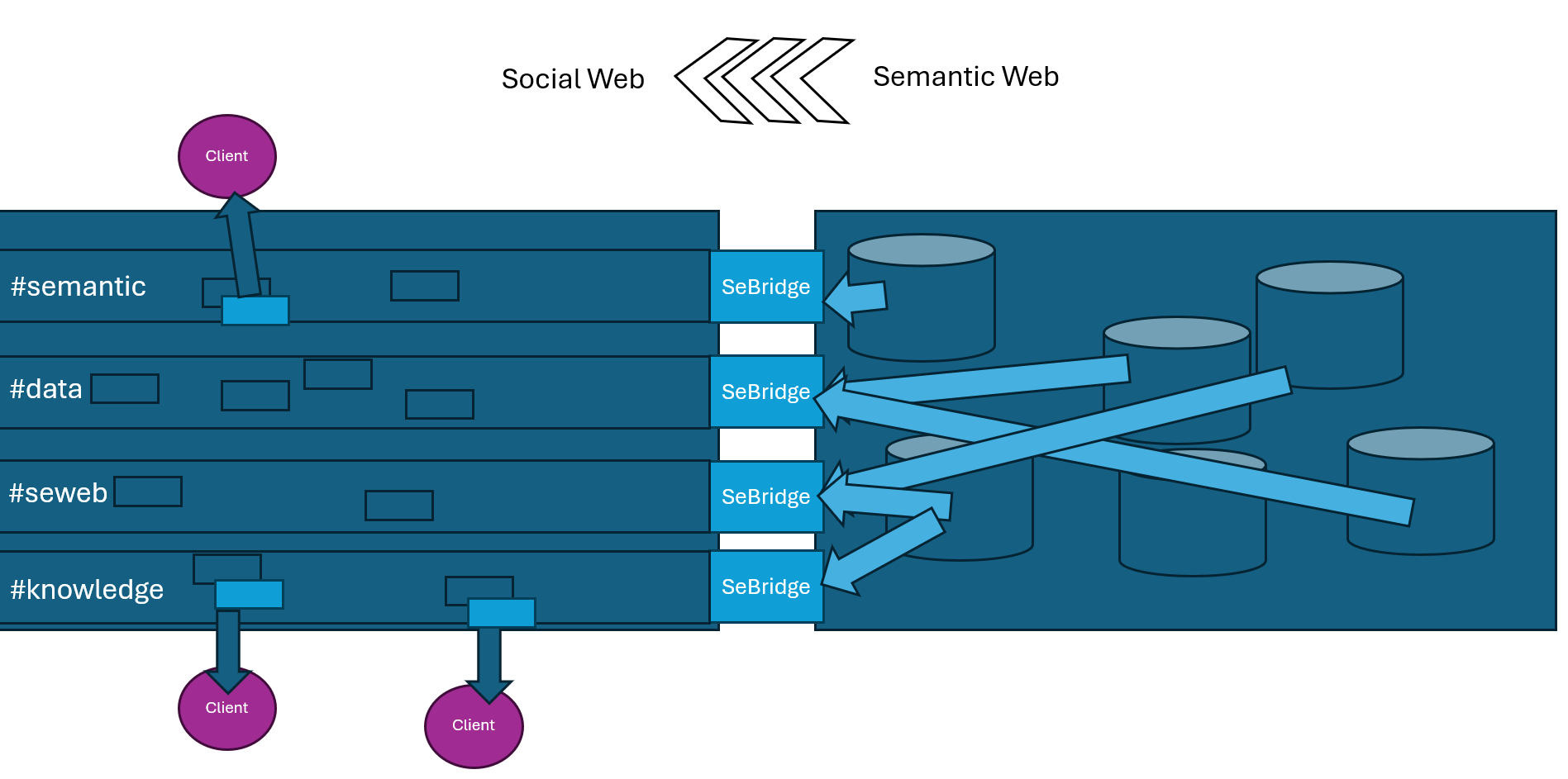Theory
A new decentralized social media paradigma, in which data of posts is used to gain some addional features (opt-in).
I would additionally differentiate between central and decentralized bots.
Collective posting means posting to a bot (centralized or not), which then determines which posts go out and how, based on data collected by the bot through earlier iterations of this process, determined by some agreed upon guidelines.
Anarachist posting means posting to the Fediverse, while at the same time collecting all of these messages via a bot (centralized or not), which sends the data back to the client, who can use it again for some calculation based on chosen processes.
Examples
Let's see what that means if I want to post my cooking plan for the week.
Anarchist Posting
I post my fridge-content and what I want to cook. This information with all the other participants is saved by the bot and later provided to me as suggestions for my next cooking plan based on a process that I picked.
Centralized bot
The bot posts global suggestions what each participant can do better (for example to eat healthier), based on their chosen settings.
Decentralized bot
Its all done in my bot, which displays suggestions individually to me.
Collective Posting
I post my fridge-content and what I would like to cook. The bot takes this message in with what all the others want to cook and have and then decides what I get to cook and post it based on a distribution-algorithm that I have agreed to.
Centralized bot
One centralized bot calculates the perfect meal for everyone; or every participant but the message is posted globally.
Decentralized bot
Perfect meals are calculated decentrally based on the agreed upon guidelines.
In Sidekick
Anarchist posting: When posting through the Dolphin-bot, all posts are collected and then used on the client-side to provide suggestions to Dolphin-users.
Collective posting: With the Buzz Lightsting-bot, all posts done via Buzz are not sent immediatly, but collected at the central Lightsting-bot, shuffled and then sent randomly over the participating profiles at specified times.
(This is just an outlook, its theoretically implemented, but the client currently only supports being used by a single person ... it would also be nice to attach this functionality to hashtags ... its all a bit work in progress ;))






I think a link between your idea and mine can be found in the work of writer Evgeny Morozov (https://mondediplo.com/2024/08/07ai-cold-war), who did some interesting research of alternative forms of how the internet could have developed including a project by the chilean government called "Cybersyn" (in his podcast "The Santiago Boys", https://open.spotify.com/show/7xlRxnooUnl48JVo726YXn). Although it was pretty centralized and not exactly Amazon, more like a socialist distribution system between industries. Well, its a very interesting podcast anyways ...